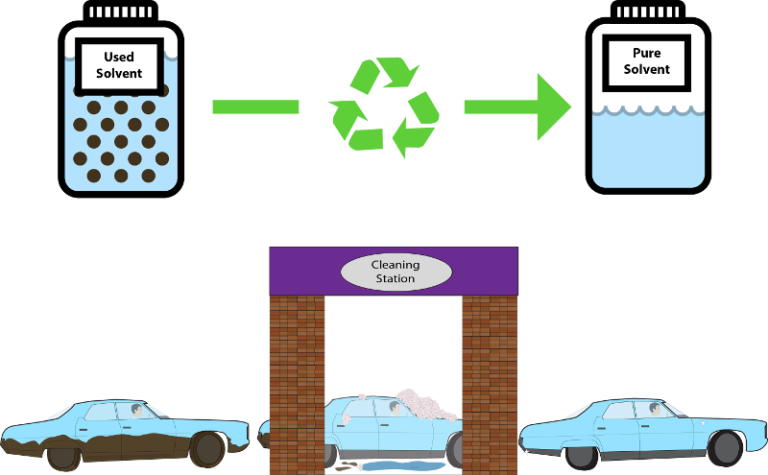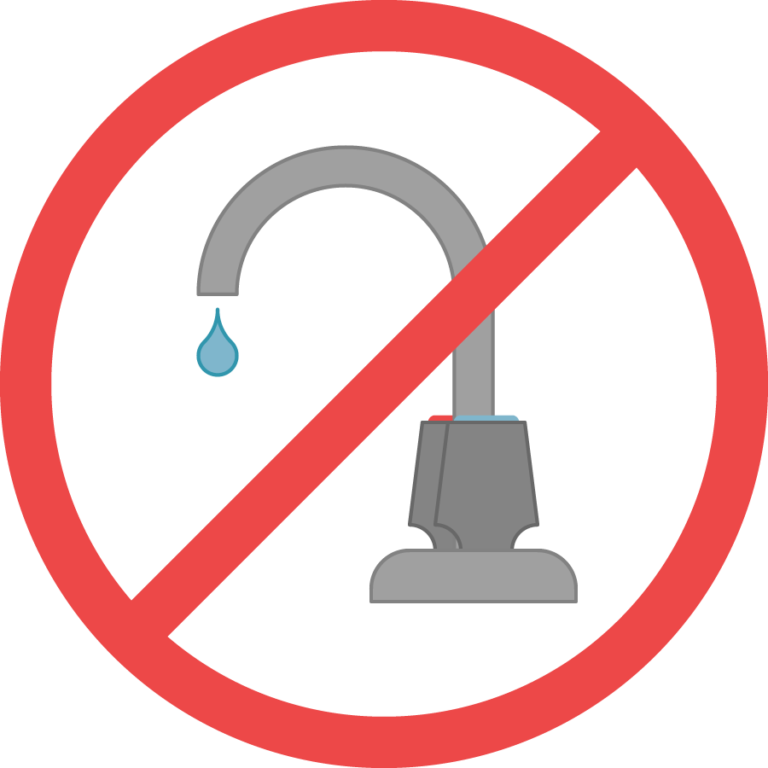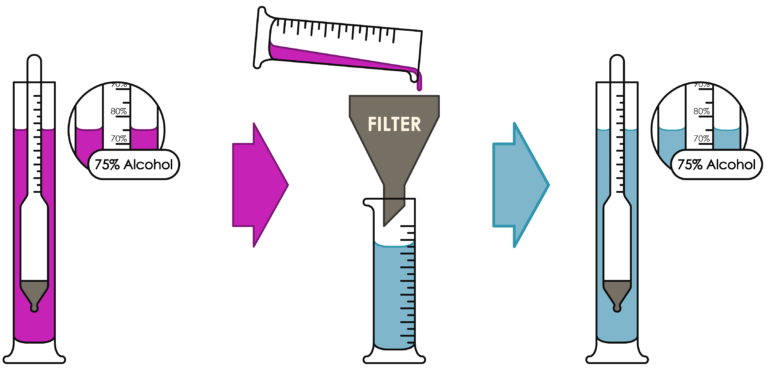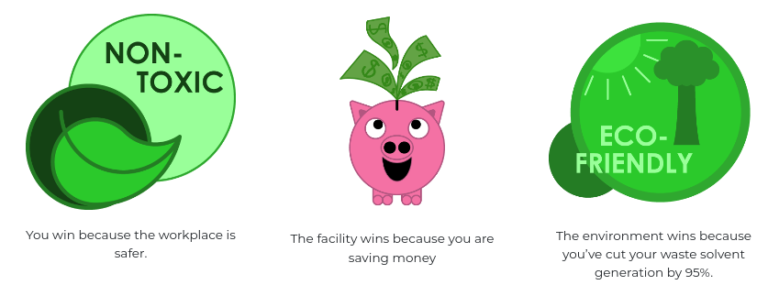B/R Instrument has manufactured safe histology solvent recyclers since 1986 – that’s more than 35 years! Each new generation of recyclers we create is an opportunity to implement additional and improved safety features. Here are some of the safety features of the ProCycler and MiniProCycler series. Solvent Recycler Safety Reminders When starting a solvent recycling […]
Solvent Recycling just got easier with B/R’s touch screen ProCycler and MiniProCycler units. Read on to see how we have implemented the latest technology to improve safety, troubleshooting, and operator experience. Safety Reminders When starting a solvent recycling batch, the operator is prompted with safety reminders that ensure the distillation system is correctly configured. The operator […]

Is Solvent Recycling A Lot Of Work?
by brblogIf you have 5 minutes a day, you have enough time to recycle your solvents. That may sound like an exaggeration but recycling doesn’t take much time. A B/R recycler does most of the work for you. You just need to give it solvent to recycle, push the start button and….that’s it. The recycler does […]

How Pure Are Recycled Solvents?
by brblogThe recycled purity can depend a lot on the recycler being used. With a B/R recycler you can expect high purity recycled solvents. The table below shows typical purity and concentrations. A manufacturer should be willing to guarantee the recycled product purity and concentration in writing. Not only should the purity be high but the […]

Q: Our lab is already crowded. Does a recycler take up much space? Space is always in short supply. Choose a “space efficient” recycler and you are on your way to saving. Every recycler has a set of written installation requirements. That gives details about what a suitable space is. These requirements are there to […]

5 Reasons To Recycle Solvents
by brblogBy now you’ve heard that many histology labs are recycling their xylene, alcohol, and formalin. What are some reasons to recycle solvents? Don’t Throw Solvents Away – Recycle! You don’t throw your car away whenever it gets dirty – you clean it. The same is true for used solvents. They’re still perfectly usable – they […]

Q: My old recycler needed water and a drain. Do today’s recyclers need a water hook up? No, you don’t need a water hook up or drain. Older solvent recyclers worked great but used condensers cooled by water. Today’s solvent recyclers use condensers cooled by air. So no water or drain is required. Q: Does […]

How many times can I recycle a solvent?
by brblogA B/R recycler can recycle a solvent forever! Solvents used for tissue processing or staining becomes contaminated with stain, water, fat, protein, wax, and biological materials during use. The recycling process removes these contaminants from the good solvent. Reuse of the solvent is unlimited since it is brought back to the original purity each time […]

Do filter based solvent recyclers work?
by brblogDo filter-based recyclers work? The answer is both yes and no, but mostly no. There are commercial filter recyclers available for alcohol and formalin. However, there are no filter recyclers for xylene on the market. Alcohol – What does a filter recycler do? With use, the alcohol concentration gradually gets weaker. This is due to […]

Can I recycle xylene substitutes?
by brblogQ: Our lab wants to switch to xylene substitutes. Can they be recycled? Actually, xylene substitutes are easier to recycle than xylene. Their higher boiling points make it easier to separate from the contaminants. The primary reason for using a xylene substitute is that they have much lower toxicity than xylene. Unfortunately, they are much […]
Recent Histology Solvent Recycling Posts
B/R Solvent Recyclers, Safe Recycling since 1986
by Paul on August 9, 2021
Touch Screen Makes Solvent Recycling Easier
by Paul on August 8, 2021
Is Solvent Recycling A Lot Of Work?
by brblog on July 22, 2019
How Pure Are Recycled Solvents?
by brblog on July 21, 2019
How Much Space Does A Solvent Recycler Take Up?
by brblog on July 20, 2019
Questions?
Contact us for more information on our products and services.